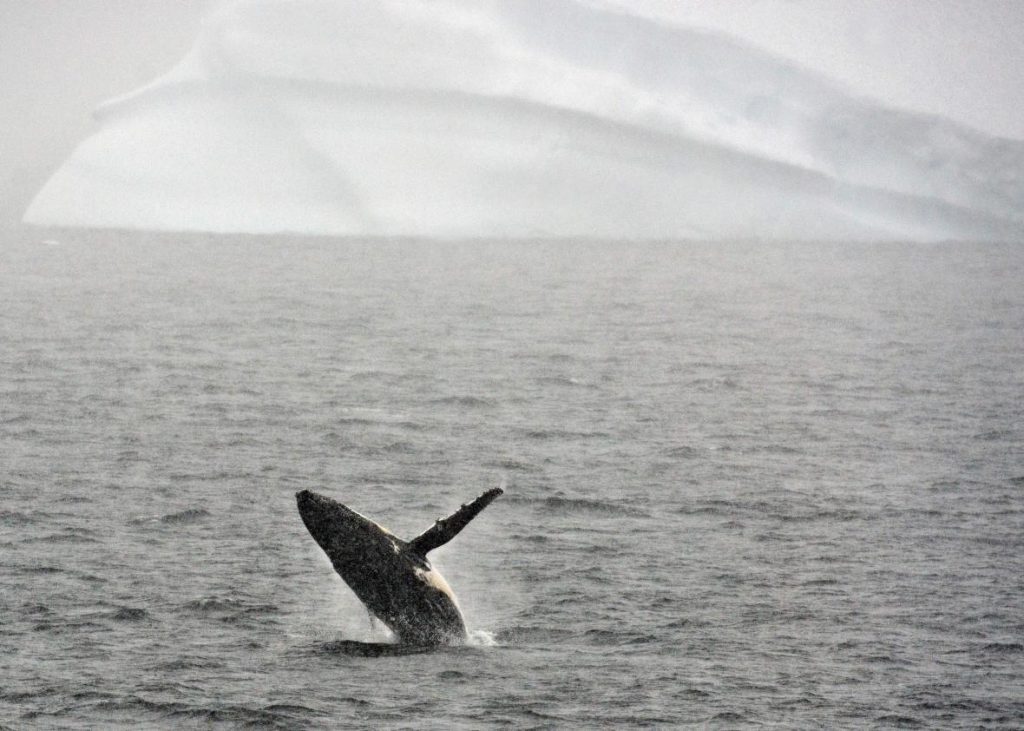The Southern Ocean is a forbidding place, mostly unvisited by humans. Winds of more than 120 kilometers per hour wreak havoc, and waves routinely wash up and over the bow of any ship that dares to venture so far south, drenching the decks in ice-cold sea spray that instantly freezes. Worse, rare freak waves can build to towering heights and flip a ship in place. Looming icebergs can fatally wound an unwary or unarmored vessel. Beyond this storm-tossed sea lies Antarctica, locked in deep freeze by a current that reaches 4,000 from sea surface to ocean bottom and spans thousands of kilometers in its endless encircling moat. And the Southern Ocean is where the mustachioed marine biologist Victor Smetacek, like any good scientist with a plan to change the world, hopes to change the sky with the power of the sea.
Since the 1980s, Smetacek has ventured aboard the Alfred Wegener Institute for Polar and Marine Research’s sturdy icebreaker Polarstern to study plankton in their native habitat: the Southern Ocean. It is there that phytoplankton show their full diversity. One family, the diatoms, their elaborate shells made of the same element as sand—baroque twisting nets, thistles and thorns, even pod-shaped landing craft—guard the ocean-drifting cells as they busily turn carbon dioxide into food using the energy in sunlight. Like a jumble of children’s blocks of all shapes and sizes, a sample of seawater turns up countless thousands of the most abundant life form on the planet and the base of the global food chain. And some scientists argue that phytoplankton can change the world, given enough nutrients. “Give me a half tanker of iron, and I will give you an ice age,” the oceanographer John Martin growled at a lecture at the Woods Hole Oceanographic Institution in 1988.

